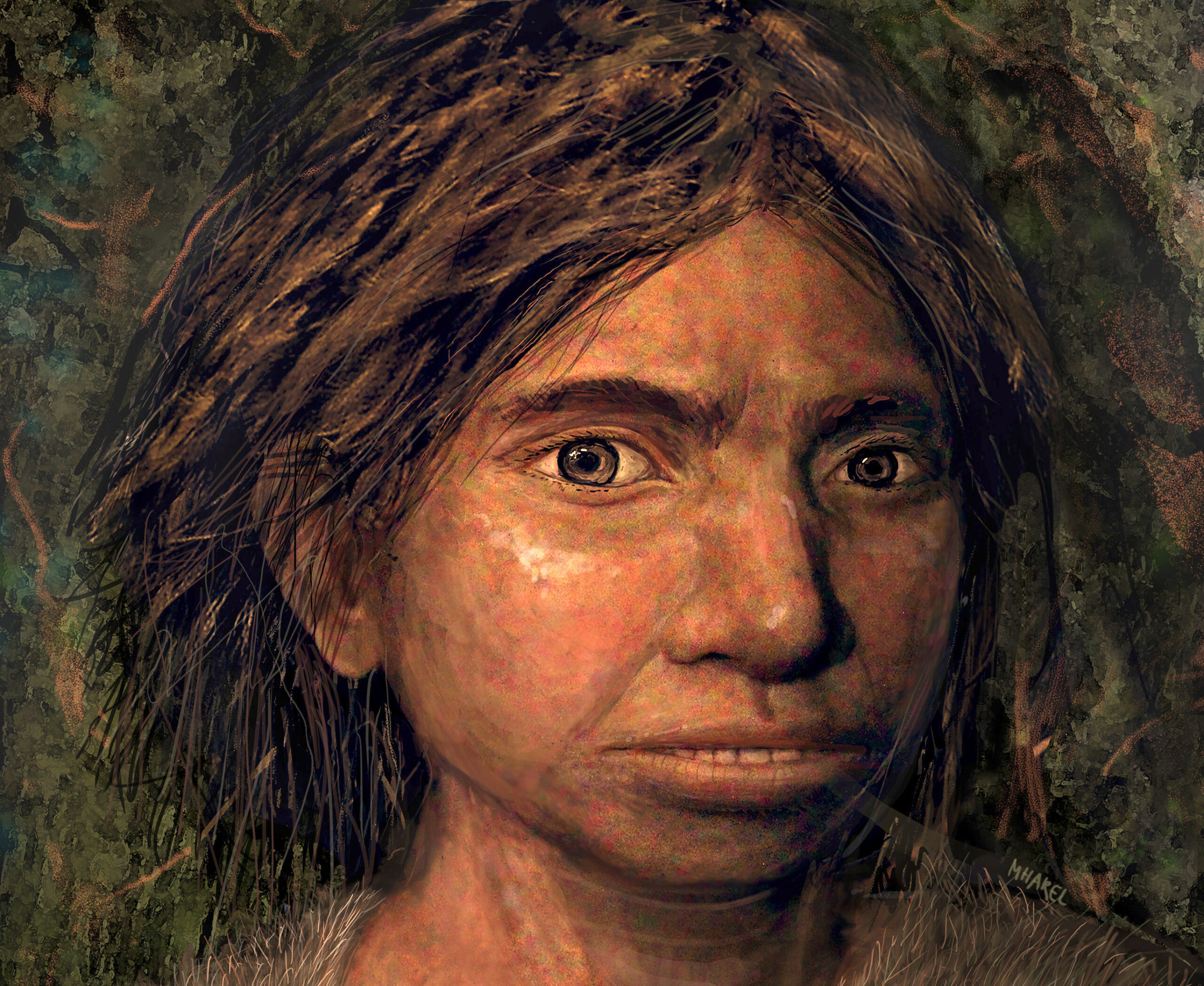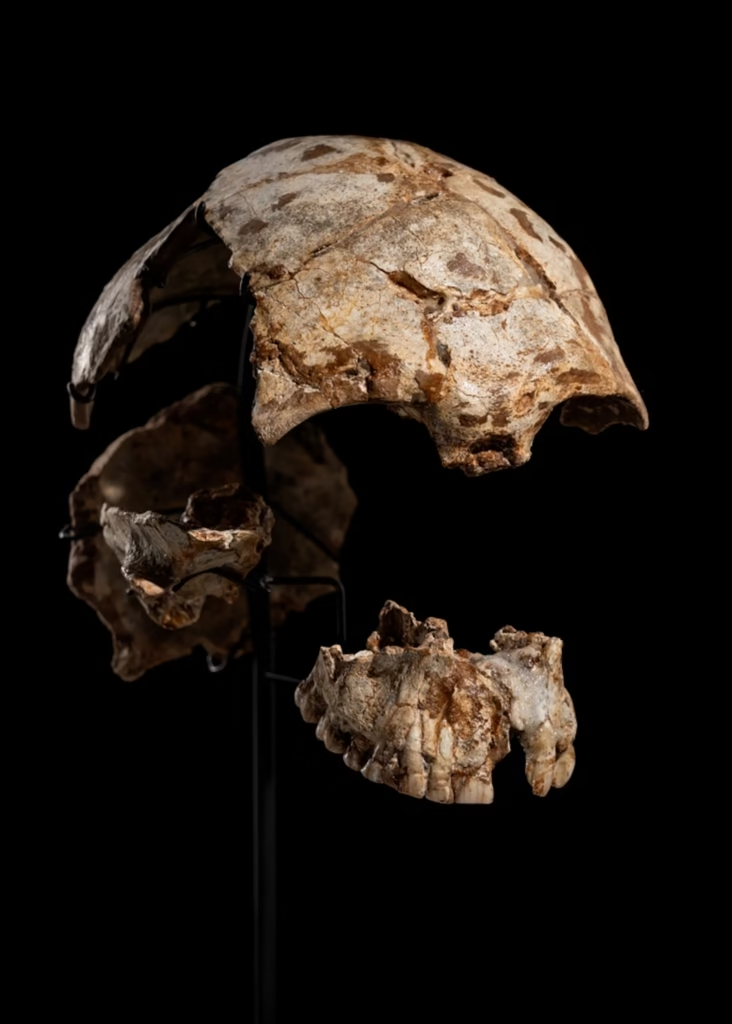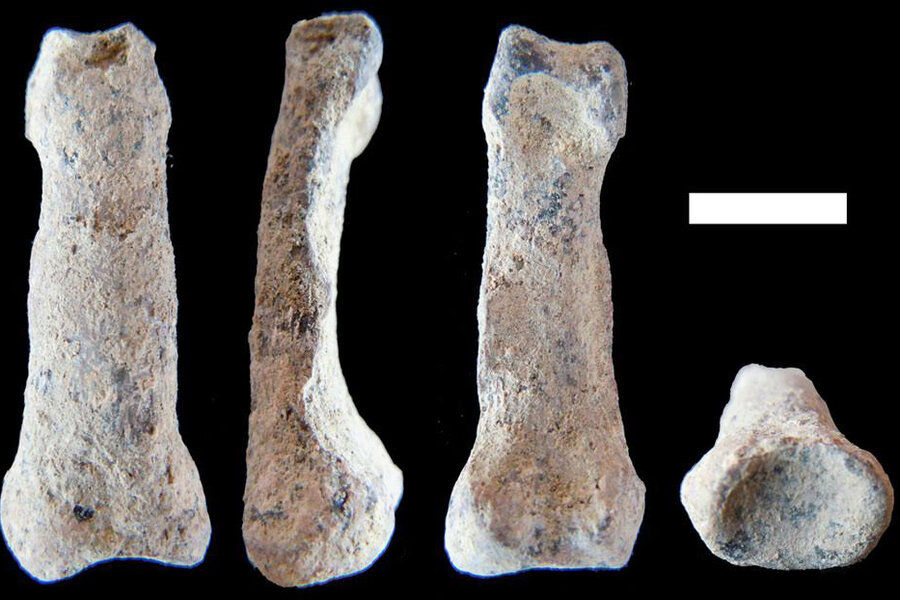Who Were the Denisovans? A Deep Dive into Our Mysterious Ancestors

Introduction Denisovans are a mysterious group of archaic humans who lived across Asia during the Pleistocene epoch. Despite limited fossil evidence, scientific advancements in DNA analysis have given us extraordinary insight into this lost lineage. This document provides a detailed overview of who the Denisovans were, how they were discovered, what they looked like, and their lasting impact on modern human genetics.
1. Discovery
- Year: 2008
- Location: Denisova Cave, Altai Mountains, Siberia
- Fossil Found: A tiny fragment of a pinkie bone (distal phalanx) belonging to a juvenile female
- Significance: Genetic analysis revealed it did not match Neanderthal or modern human DNA, indicating a new hominin group.
Later findings included a molar tooth, a jawbone from Tibet (Xiahe mandible), and evidence of potential connection to the Harbin “Dragon Man” skull in China.
2. Genetic Insights
- DNA Differences: Denisovans are more closely related to Neanderthals than to Homo sapiens but are genetically distinct.
- Interbreeding: Modern humans interbred with Denisovans. Today, populations in Southeast Asia, Melanesia, and parts of East Asia carry up to 5% Denisovan DNA.
- Adaptations Passed Down:
- High-altitude adaptation in Tibetans (EPAS1 gene)
- Immune system improvements
- Possible impact on metabolism and fat storage

4. Fossil Evidence
- Denisova Cave (Siberia):
- Pinkie bone, molars
- DNA recovered from sediments even when no bones were present
- Xiahe Mandible (Tibet):
- A lower jawbone found on the Tibetan Plateau, dated to 160,000 years ago
- Shows adaptation to high altitude
- Harbin Skull (China):
- Massive, nearly complete skull found in 1933, studied in 2021
- Some researchers classify it as a Denisovan based on shared features and geography
5. Cultural and Technological Significance
- Tools found in Denisova Cave suggest advanced capabilities
- Likely made ornaments and possibly used symbolic behavior
- DNA indicates complex social interactions with Neanderthals and Homo sapiens
6. Legacy in Modern Humans
- Denisovans left a genetic legacy that benefits modern humans today
- Traits like oxygen efficiency at high altitudes were passed on through interbreeding
- Ongoing research continues to uncover how Denisovan genes influence modern health and adaptation

Conclusion Despite limited fossil remains, Denisovans have become one of the most significant discoveries in human evolution. Through a combination of genetic science and fossil analysis, we now know they were a widespread and influential human group. Their legacy lives on in the genes of millions of people today.
As more fossils and genetic data emerge, our understanding of these ancient humans will continue to evolve, deepening our appreciation for the complex story of human ancestry.




